Sparklab - Help Clean Up the Ocean
by SparkLab_SI in Teachers > 6
3635 Views, 7 Favorites, 0 Comments
Sparklab - Help Clean Up the Ocean

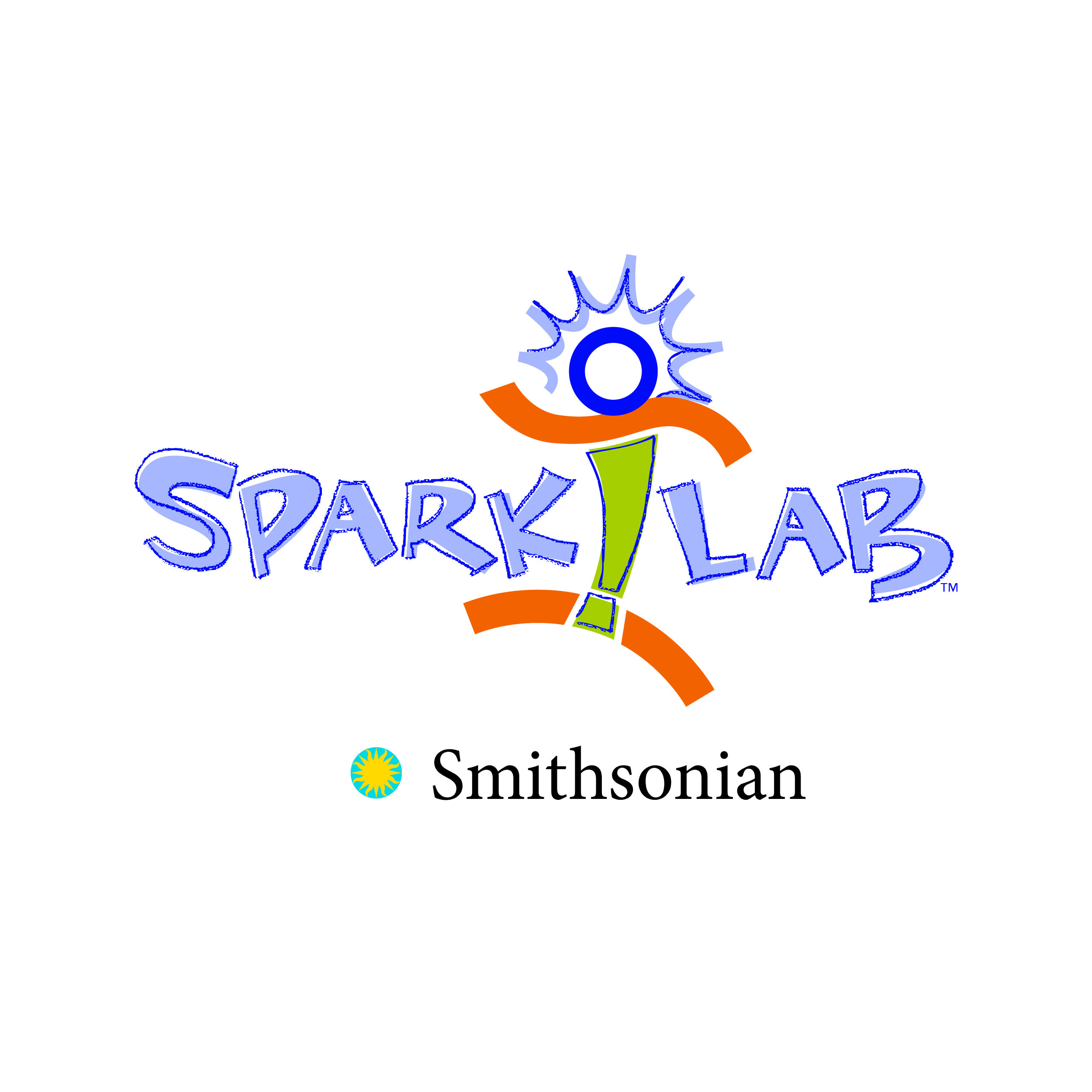


Welcome to Spark!Lab digital. This is an online invention space where you get to be the inventor. There are no wrong answers, and you can create an invention using the pieces provided — or create some pieces of your own. Think like an inventor: how does your design solve a problem?
Use these virtual materials - or create your own parts and pieces - to create a 3D model of your invention that could help clean up the ocean. Using Tinkercad, you can delete, reshape, and duplicate elements - and you can create new parts, too.
Supplies
- Free Tinkercad account
- Inventive creativity
- "Help Clean up the Ocean" parts from Spark!Lab's Tinkercad designs
Invention Is a Process
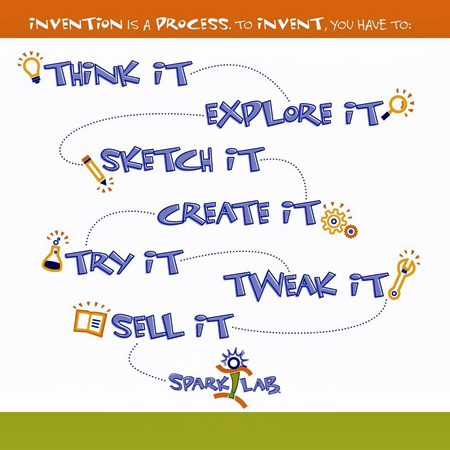
There are just two things to keep in mind as you invent a way to help clean up the ocean:
1. The invention process is not always linear, but inventors engage in these steps in some form or another:
- Think it: Have a great idea for an invention
- Explore it: Investigate inventions and ideas of the past
- Sketch it: Draw pictures and diagrams to figure out how your invention might work
- Create it: Build a prototype or model of your idea
- Try It: Test your invention
- Tweak It: Keep improving your idea
- Sell It: Market your invention to people who might buy it
2. We also know everyone is inventive — and we do mean everyone! Today, you become the inventor. You will try new ideas, take risks, and learn how to keep going when things don’t go as planned.
Think It

The first step of the invention process is to "think it," meaning to identify a problem you would like to solve and begin to imagine your solution.
What is the problem you are trying to solve?
There is a patch of plastic about the size of Texas floating in the Pacific Ocean. What can you invent to remove the plastic from the ocean?
Explore It

The next step of the invention process is to "explore it.” Inventors ask: “How have inventors solved this problem in the past?” and then conduct research to learn more about the problem they want to solve or to understand solutions that already may exist. They learn from what others have already tried and make sure that their solutions are new or different.
"Plastic surrounds us. It is not just the obvious places—like water bottles and straws. Plastic has many benefits—it has allowed us to prevent heart attacks (stents that open up arteries are often made of plastic) and provide water to people in need." "Depending on the type of plastic and where it lands, items can take days to hundreds of years to break down into very small pieces, which likely never biodegrade. Because of these traits and our intensive use of it, plastic trash is now found in essentially every ecosystem on the planet—including throughout the ocean."
- Smithsonian Ocean Portal Team
Discover inventions that have been created to help clean plastics out of the ocean:
Click here to explore one inventor's way of capturing plastics in the ocean.
Sketch It
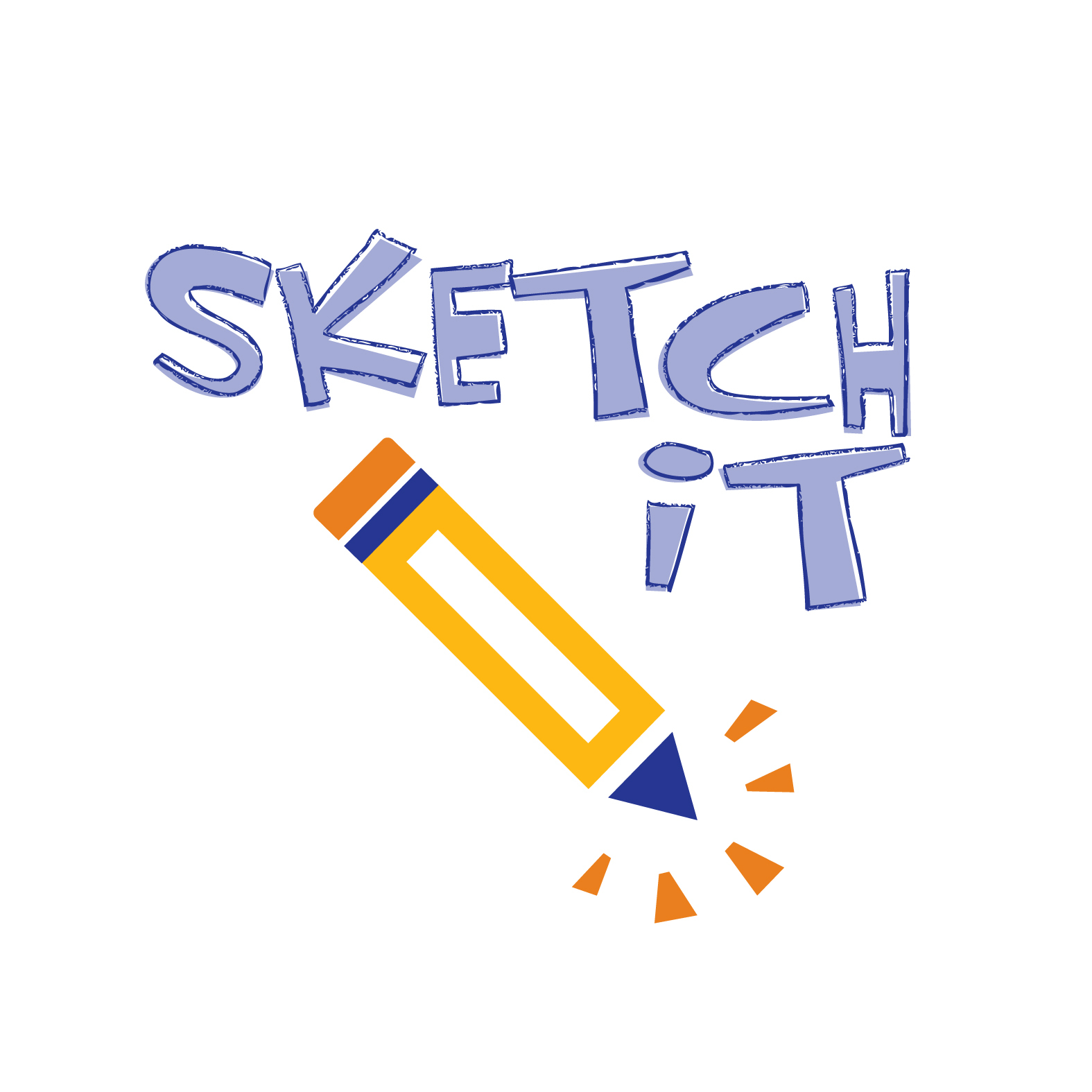
Inventors use sketching as a way to organize their ideas.
Drawing an idea allows inventors to imagine what their invention might look like and how it will work. Try sketching out your invention before building! Take some time to sketch your ideas, images, and thoughts about ways to clean plastic from the ocean.
You can sketch your ideas with paper and pencil, or you can try using a digital format. Remember! Inventors rarely get it right on the first try. Whatever the method, you may need to erase and re-draw your invention as you continue to think through how you want to solve the problem.
Click here to learn more about inventors' sketches in the Smithsonian Collection.
Create It
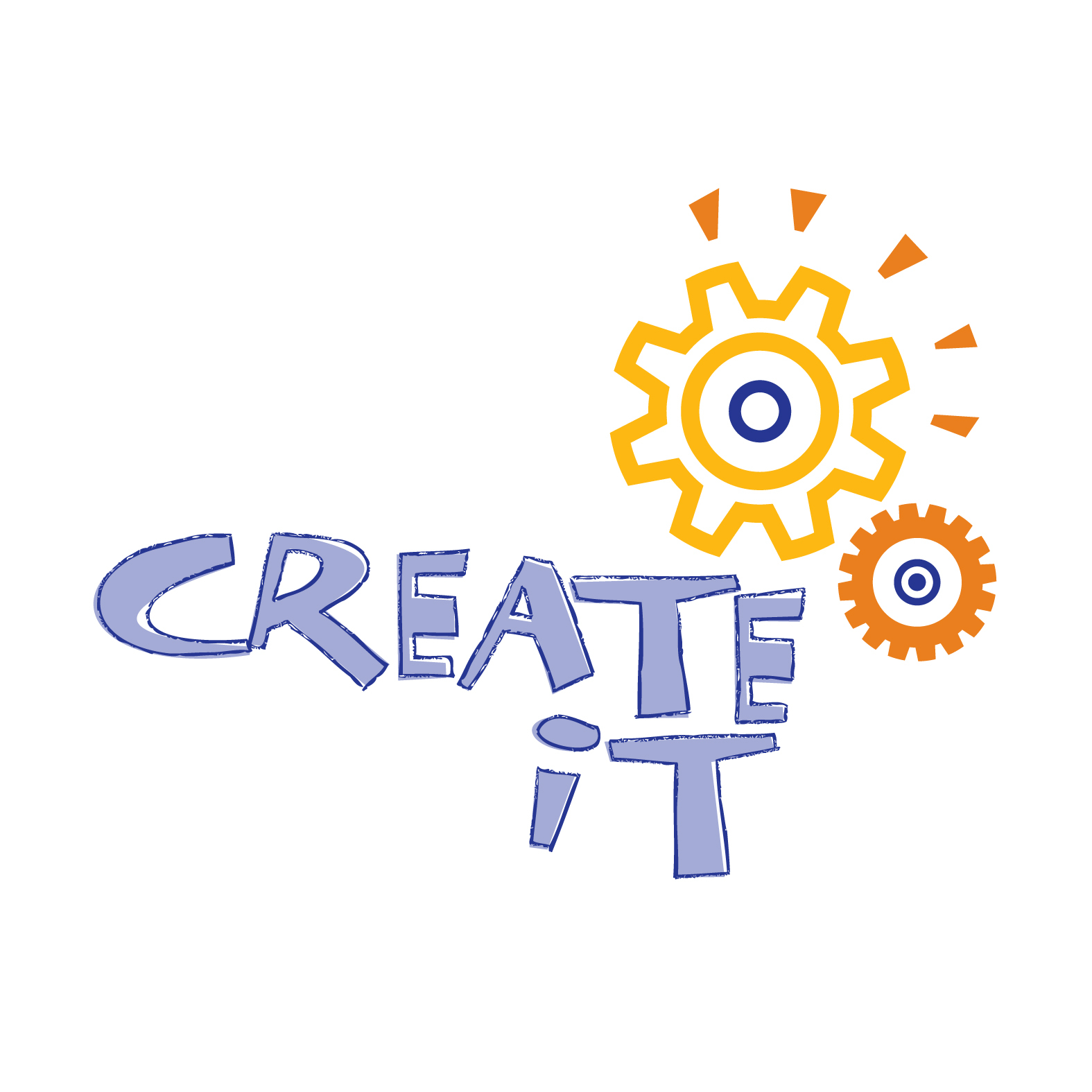
Now it is time to build a prototype of your invention idea. In this step, inventors get to see their idea turn into something real. Building a model can also help you learn about any issues there are with their invention design. Your prototype will show the size, shape, and form of your ocean cleaning invention.
How can you use these virtual materials to design an invention that can help clean up the ocean? How will you get both big and small plastics out of the water? How will you make sure that your invention will not harm or trap sea animals?
Click here to go to the Tinkercad site where you can create an invention to help clean up the ocean.
Once you have created your design, move on to the next step in the invention process, Try It!
Try It
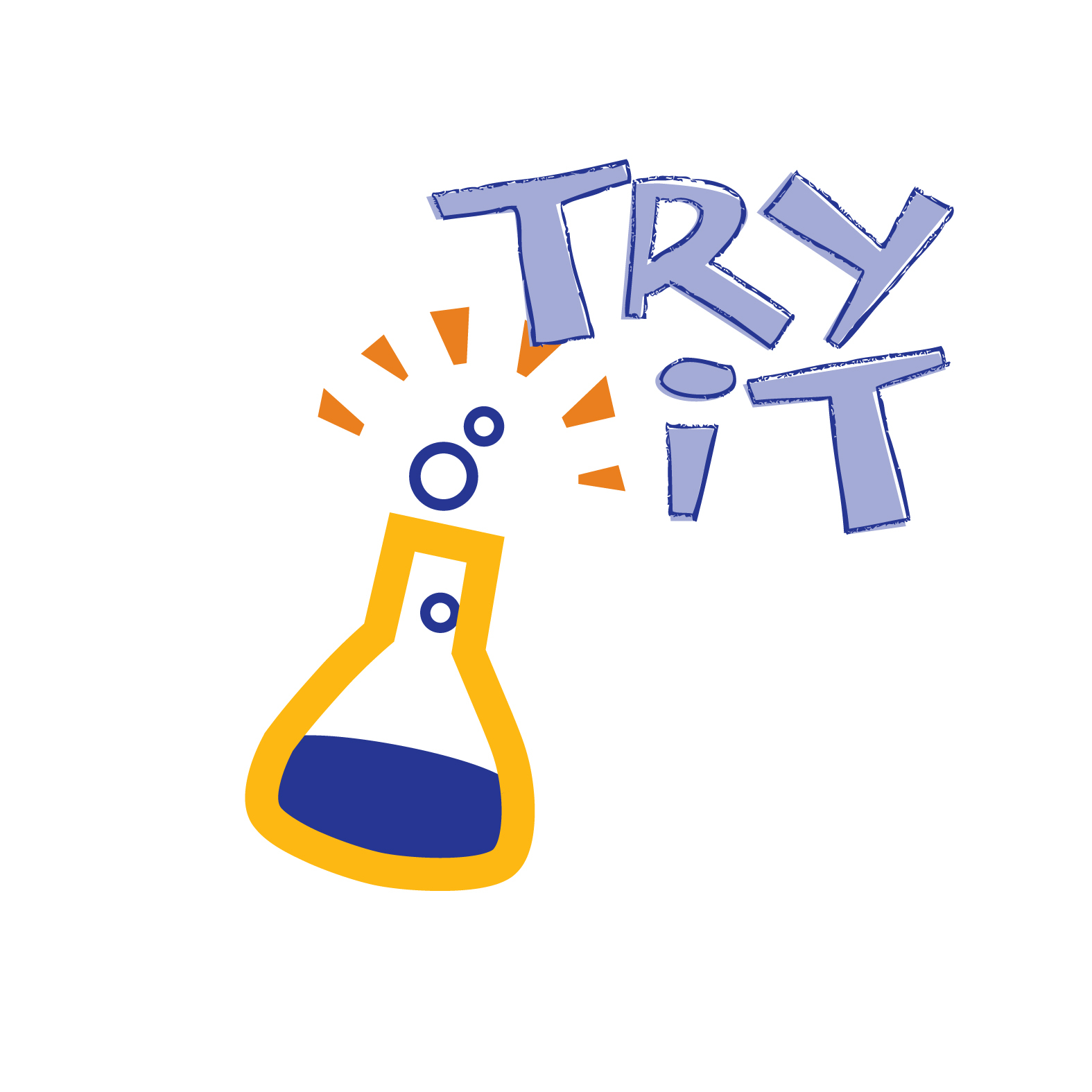
Now that you have created your 3D model, take some time to imagine how your ocean cleaning invention would work in the rough and wild water.
- How does your invention collect the plastic and trash?
- Where does your invention store the plastic and trash?
- What features of your invention are there to protect sea life?
- How will your invention handle storms and rough seas?
- How will you properly dispose of the trash collected by your invention?
- How big is your invention?
- How does your invention move to collect more plastics and trash?
- Is there a way to fix your invention if it gets damaged?
Share your 3D model and ideas with others. Ask them for their input about your design.
- What did they like best about your design?
- What did they think needed improving?
- What new ideas did you get by sharing your idea with them?
Tweak It
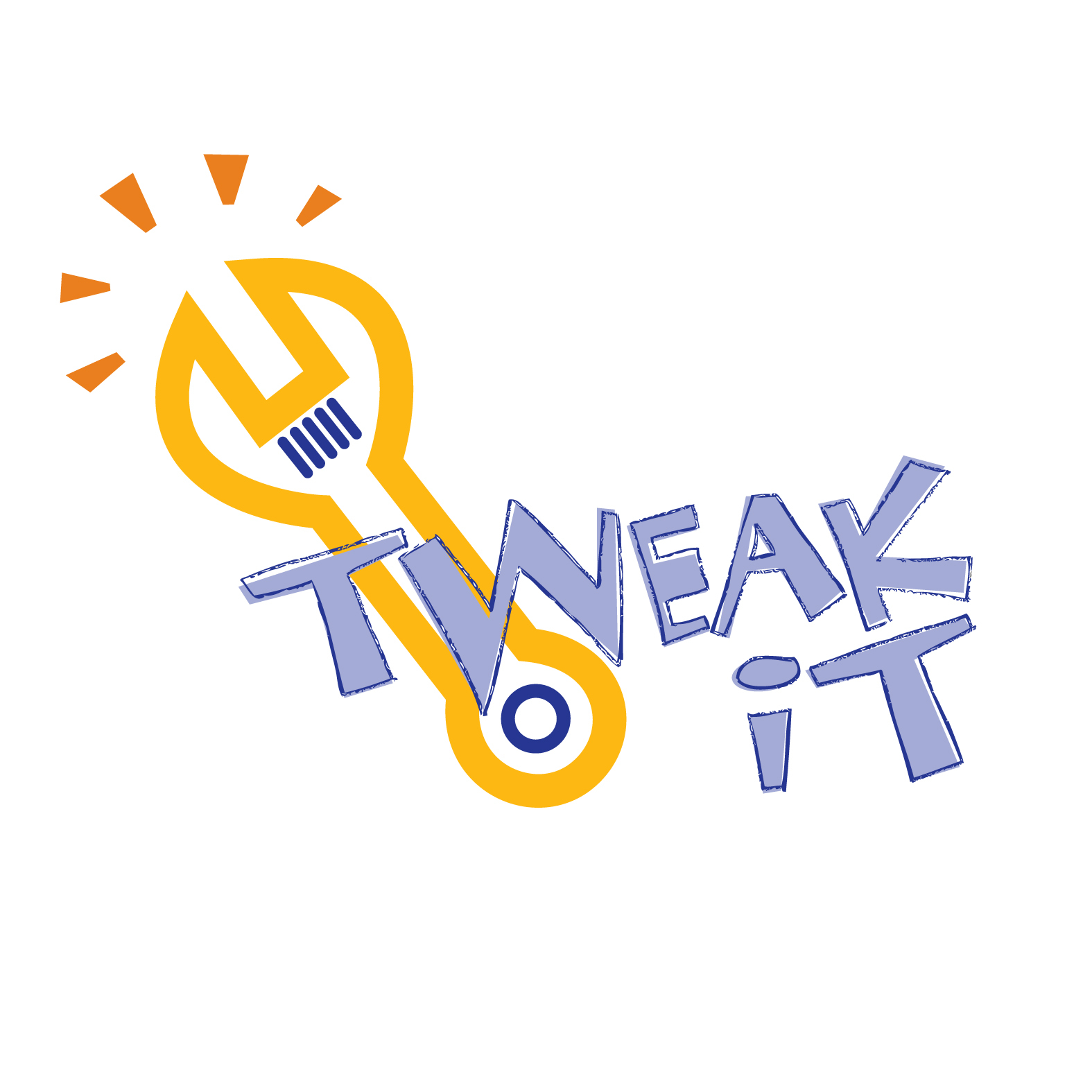
Now that you’ve created your ocean cleaning invention, thought about how it would work, and shared your idea with others, it’s time to tweak your invention! Now is the time to ask yourself, "What changes can I make to improve my invention that helps clean up the ocean?”
Inventors typically don't succeed with an invention on the first try. Inventors make changes to their prototypes to make them work better. Usually, they tweak their idea many times before it is finished. Once tweaks are made, inventors test their inventions again. It can take many tries to get it right.
Go back to your design in Tinkercad and tweak it to make it better at cleaning more trash from the ocean and better able to protect sea life.
Sell It

The final step of the invention process is to sell your idea. Selling your invention is not only about putting it up for sale. Selling an idea often happens when you share your idea with others after you have made your final tweaks.
Tell us about your invention on social media:
- Who will use your invention?
- What makes your invention unique?
- How does your invention work?
We want to hear from you! Follow us on Instagram at @si_invention or Facebook @lemelsoncenter and use the hashtag #sparklab on your posts.